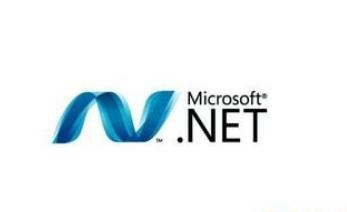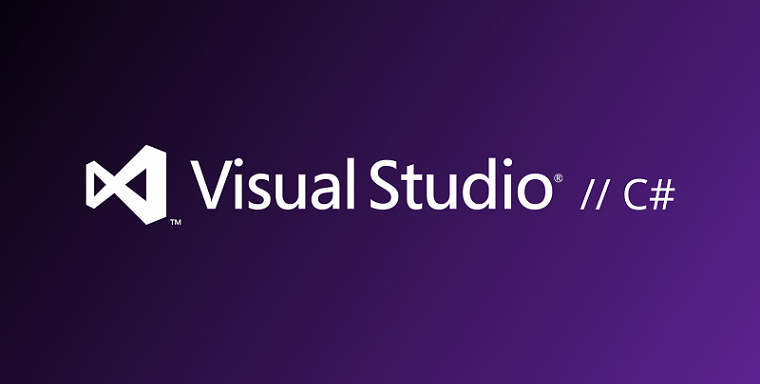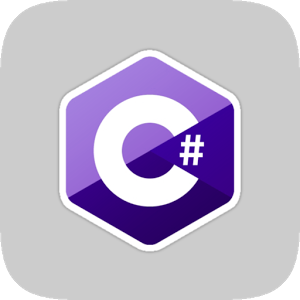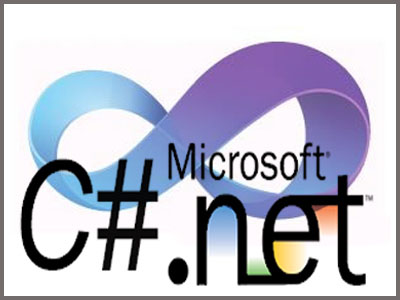Summary of basic knowledge
After reading the usage of delegation in the previous article http://www.php.cn/, we see that public void Description(string programerName, DescriptionDelegate description) description(programerName); }This method passes a De
1. C# Basic Knowledge Organizing Basic Knowledge (21) Delegation (2)

Introduction: This method passes a DescriptionDelegate description delegate type in. Then make some modifications to this method to make it more convenient to use and the code will be more reasonable. Encapsulate the delegation, and then put forward the description methods for programmers in different languages:
2. C# Basic Knowledge Organizing Basic Knowledge (20) Delegation (1)

Introduction: Delegates and events are used a lot in C#, especially when doing form programming, many operations To be handled and delivered through delegates and events. Here is a detailed explanation of the usage and reasons of delegates and events, so that we can understand it more clearly when writing code.
3. C# Basic knowledge of basic knowledge (19) Boxing and unboxing of value types (2)

Introduction: If the code will cause repeated boxing by the compiler, you can change it to manual boxing. This will make the code execute faster. See the following code:
4. C# Basic knowledge of basic knowledge (18) Boxing and unboxing of value types (1)

Introduction: It is actually very interesting to understand boxing and unboxing carefully. First, let’s look at why boxing and unboxing occur?
5. C# Basic knowledge of basic knowledge (17) ILiest interface - generics

Introduction: Inserting a value type into ArrayList will trigger a boxing operation, and removing a value type requires unboxing, as follows
6 . C# Basic knowledge organizing basic knowledge (16) IList interface - non-generic

Introduction: After understanding the ICollection interface, iteration and generic collections, let's take a closer look at the IList interface.
7. C# Basic knowledge compilation: basic knowledge (15) ICollection, iteration and generics

Introduction: Array is the most basic collection type defined by .net framework. In addition to arrays, .net framework also defines many collection types. Open msdn and you can see that all collections are under the System.Collections namespace:
8. C# Basic knowledge arrangement: Basic knowledge (14) Array

Introduction: No matter which language, there will definitely be the concept of sets. The simplest and most intuitive collection should be an array. An array is a continuous space in memory. Take a look at arrays in C
#9. C# Basic knowledge arrangement: Basic knowledge (13) Exception

Introduction: Often when we write code, we always encounter certain problems during operation that cause the program to crash. This is not because the programmer's level is not good, but because of problems with the business logic, operating system, or other equipment such as computers. For example, some methods in user32.dll are often used in C#. If this file is deleted , your program still cannot run. Of course, as a skilled programmer, you always need to take various situations into consideration when writing a program. The higher the level, the more situations you have to consider, and the more you consider, the less chance your program will crash. The better the robustness.
10. C# Basic knowledge arrangement: Basic knowledge (12) Super class Object

Introduction: The three major characteristics of object-oriented: encapsulation, inheritance, and polymorphism. So where do classes inherit from? In object-oriented languages, there is the concept of base class or super class, that is, all classes inherit from this class. This super class is called Object. The Object class is described in .net like this:
The above is the detailed content of Summary of basic knowledge. For more information, please follow other related articles on the PHP Chinese website!

Hot AI Tools

Undresser.AI Undress
AI-powered app for creating realistic nude photos

AI Clothes Remover
Online AI tool for removing clothes from photos.

Undress AI Tool
Undress images for free

Clothoff.io
AI clothes remover

Video Face Swap
Swap faces in any video effortlessly with our completely free AI face swap tool!

Hot Article

Hot Tools

Notepad++7.3.1
Easy-to-use and free code editor

SublimeText3 Chinese version
Chinese version, very easy to use

Zend Studio 13.0.1
Powerful PHP integrated development environment

Dreamweaver CS6
Visual web development tools

SublimeText3 Mac version
God-level code editing software (SublimeText3)

Hot Topics
 How to use various symbols in C language
Apr 03, 2025 pm 04:48 PM
How to use various symbols in C language
Apr 03, 2025 pm 04:48 PM
The usage methods of symbols in C language cover arithmetic, assignment, conditions, logic, bit operators, etc. Arithmetic operators are used for basic mathematical operations, assignment operators are used for assignment and addition, subtraction, multiplication and division assignment, condition operators are used for different operations according to conditions, logical operators are used for logical operations, bit operators are used for bit-level operations, and special constants are used to represent null pointers, end-of-file markers, and non-numeric values.
 What is the role of char in C strings
Apr 03, 2025 pm 03:15 PM
What is the role of char in C strings
Apr 03, 2025 pm 03:15 PM
In C, the char type is used in strings: 1. Store a single character; 2. Use an array to represent a string and end with a null terminator; 3. Operate through a string operation function; 4. Read or output a string from the keyboard.
 How to handle special characters in C language
Apr 03, 2025 pm 03:18 PM
How to handle special characters in C language
Apr 03, 2025 pm 03:18 PM
In C language, special characters are processed through escape sequences, such as: \n represents line breaks. \t means tab character. Use escape sequences or character constants to represent special characters, such as char c = '\n'. Note that the backslash needs to be escaped twice. Different platforms and compilers may have different escape sequences, please consult the documentation.
 The difference between multithreading and asynchronous c#
Apr 03, 2025 pm 02:57 PM
The difference between multithreading and asynchronous c#
Apr 03, 2025 pm 02:57 PM
The difference between multithreading and asynchronous is that multithreading executes multiple threads at the same time, while asynchronously performs operations without blocking the current thread. Multithreading is used for compute-intensive tasks, while asynchronously is used for user interaction. The advantage of multi-threading is to improve computing performance, while the advantage of asynchronous is to not block UI threads. Choosing multithreading or asynchronous depends on the nature of the task: Computation-intensive tasks use multithreading, tasks that interact with external resources and need to keep UI responsiveness use asynchronous.
 The difference between char and wchar_t in C language
Apr 03, 2025 pm 03:09 PM
The difference between char and wchar_t in C language
Apr 03, 2025 pm 03:09 PM
In C language, the main difference between char and wchar_t is character encoding: char uses ASCII or extends ASCII, wchar_t uses Unicode; char takes up 1-2 bytes, wchar_t takes up 2-4 bytes; char is suitable for English text, wchar_t is suitable for multilingual text; char is widely supported, wchar_t depends on whether the compiler and operating system support Unicode; char is limited in character range, wchar_t has a larger character range, and special functions are used for arithmetic operations.
 How to convert char in C language
Apr 03, 2025 pm 03:21 PM
How to convert char in C language
Apr 03, 2025 pm 03:21 PM
In C language, char type conversion can be directly converted to another type by: casting: using casting characters. Automatic type conversion: When one type of data can accommodate another type of value, the compiler automatically converts it.
 What is the difference between char and unsigned char
Apr 03, 2025 pm 03:36 PM
What is the difference between char and unsigned char
Apr 03, 2025 pm 03:36 PM
char and unsigned char are two data types that store character data. The main difference is the way to deal with negative and positive numbers: value range: char signed (-128 to 127), and unsigned char unsigned (0 to 255). Negative number processing: char can store negative numbers, unsigned char cannot. Bit mode: char The highest bit represents the symbol, unsigned char Unsigned bit. Arithmetic operations: char and unsigned char are signed and unsigned types, and their arithmetic operations are different. Compatibility: char and unsigned char
 How to use char array in C language
Apr 03, 2025 pm 03:24 PM
How to use char array in C language
Apr 03, 2025 pm 03:24 PM
The char array stores character sequences in C language and is declared as char array_name[size]. The access element is passed through the subscript operator, and the element ends with the null terminator '\0', which represents the end point of the string. The C language provides a variety of string manipulation functions, such as strlen(), strcpy(), strcat() and strcmp().






